We all know that the ability levels of the students in our classrooms vary greatly! When teaching literacy, in order to differentiate the learning of their students, most teachers will plan and develop weekly literacy groups to meet the needs of each ability level, using a variety of literacy skills and activities. This blog article provides hints and tips on how to set up literacy rotations in your classroom and provides you with a range of activities that are useful to use at each literacy station.
Setting up Literacy Groups
Firstly, place your students into ability groups. This can be very difficult, especially at the beginning of the year when you are relying on assessment guidelines from the previous year. To help group my students, I used a variety of assessment pieces, including reading levels, comprehension assessments, basic phonemic awareness, and writing samples.
Once I had the groups, I developed a display board that clearly showed the groups and the activities using a group activity spinning wheel. This display enabled students to identify which group they were in and the activities their group was completing each day. On the grouping posters, I used blue tack to stick the names on each poster to make it easier to swap kids around if needed.
The spinning wheel uses a piece of cardstock on a split pin, making it easy to spin around and display each group and their literacy stations for the day.
In my Grade 2 class, I had 6 groups and planned for 6 activities a week (3 days of 2 rotations). Each rotation lasted approximately 20 minutes, with 10 minutes for transition and feedback.
When planning the activities, it is important to determine how much extra help you can get during this time. I always planned my groups around my teacher aide time and would also ask for parent volunteers. The more help you can get during this time, the better it is for you and your students.
The activities varied from week to week; however, I had 6 main activity centers:
- Writing Station
- Sentences (parent help was used here if available)
- Reading with the Teacher (guided reading)
- Comprehension Skills (teacher aide if available)
- Spelling
- Computers / iPad Station
Writing Station Activities
The writing station varied from week to week. This depended on the text type the students were learning or the areas I felt they needed extra support and practise. Sometimes it was free writing using a writing stimulus, other times it linked to the text type focus we were learning about.
Sentence Structure Activities
At the sentences station, we focused on sentence structure and grammar. These activities changed depending on the group’s ability.
This Dressing Up a Sentence Activity is a simple idea that could be used to encourage students to add more detail to their sentences.
Guided Reading Activities
This was the station that I was always positioned at. At this station, I could sit and listen to every student read to me at least once a week. I would use an instructional text (a challenging-level reader), which enabled the students to apply known and newly taught reading strategies.
While listening to each student read, I would record the strategies they were applying and which strategies needed to be taught. This Guided Reading Strategies checklist can be used to keep a record of each student.
For more information about guided reading, you may like to check out these blog posts:
You may also want to check out our Guided Reading Folder Resource Pack.
Comprehension Activities
Comprehension strategies are an important focus in any classroom literacy program. In my early years classroom, we focused on one strategy a week using a variety of activities. Sometimes, I read a small passage with a parent/teacher aide and then answered questions relating to the comprehension strategy for that week.
Other times, an activity/game/match-up task reinforced the weekly comprehension strategy.
At Teach Starter, we have a large collection of comprehension activities and texts that would be useful at this station.
Spelling Activities
For this station, the focus would be the weekly phoneme the students were learning about in class. There are so many fun phonics games and engaging activities that you could do here!
If you have a parent helper for this group, they could go outside and use chalk to write on cement/play hopscotch/paint with water, etc.
For more tips and ideas to help you teach spelling, you may like to check out the following blog posts:
- 16 Hands-On Phonics Games for the Classroom
- Tips and Activities for Teaching Letters and Sounds
- Fresh Phonics Teaching Strategies: Tips + Resources for the Classroom
Computers / iPad Station
This depended on the availability of iPads. Most of the time, in my class, we already had apps ready to go so that the students could pick their favorite app and develop the required skills.
This blog post has some great free apps worth trying, 40 Free iPad Apps for Teaching Spelling.

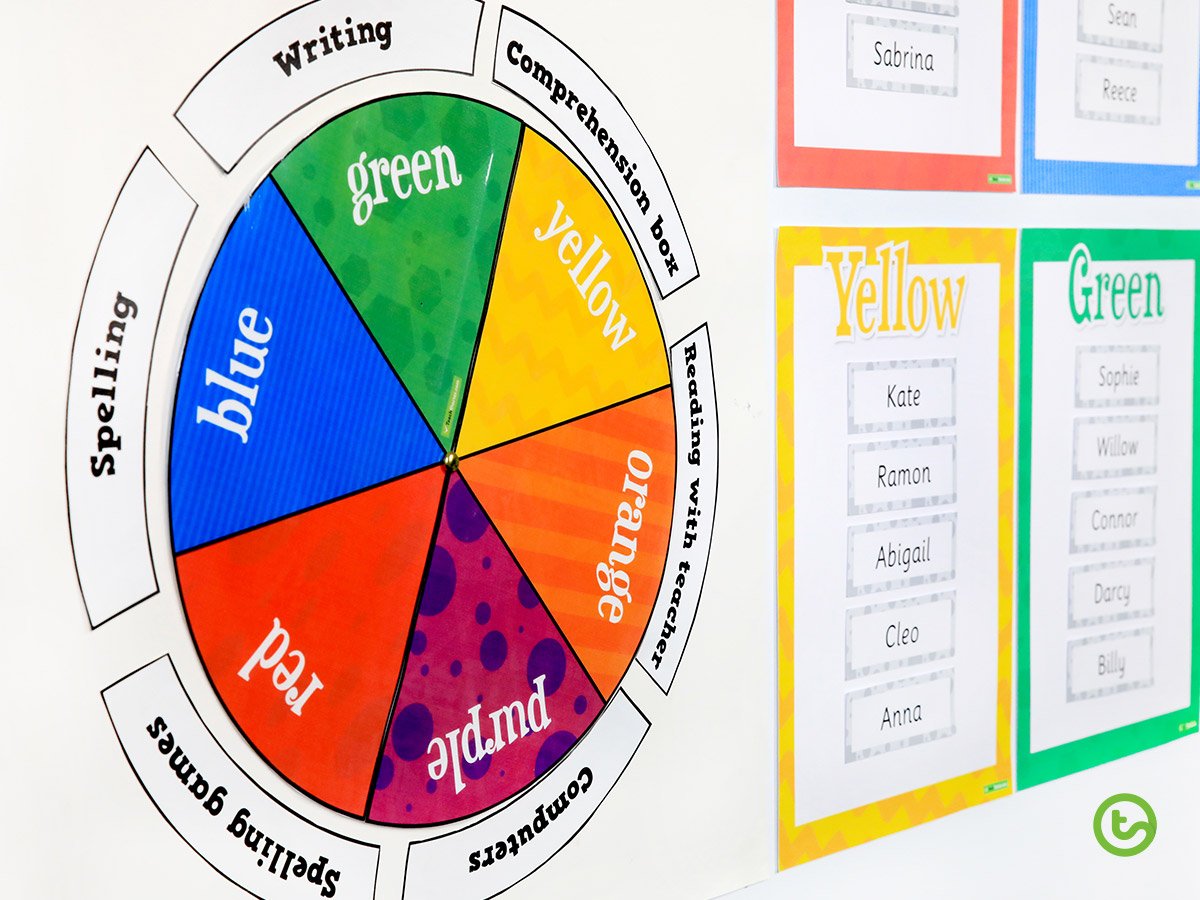
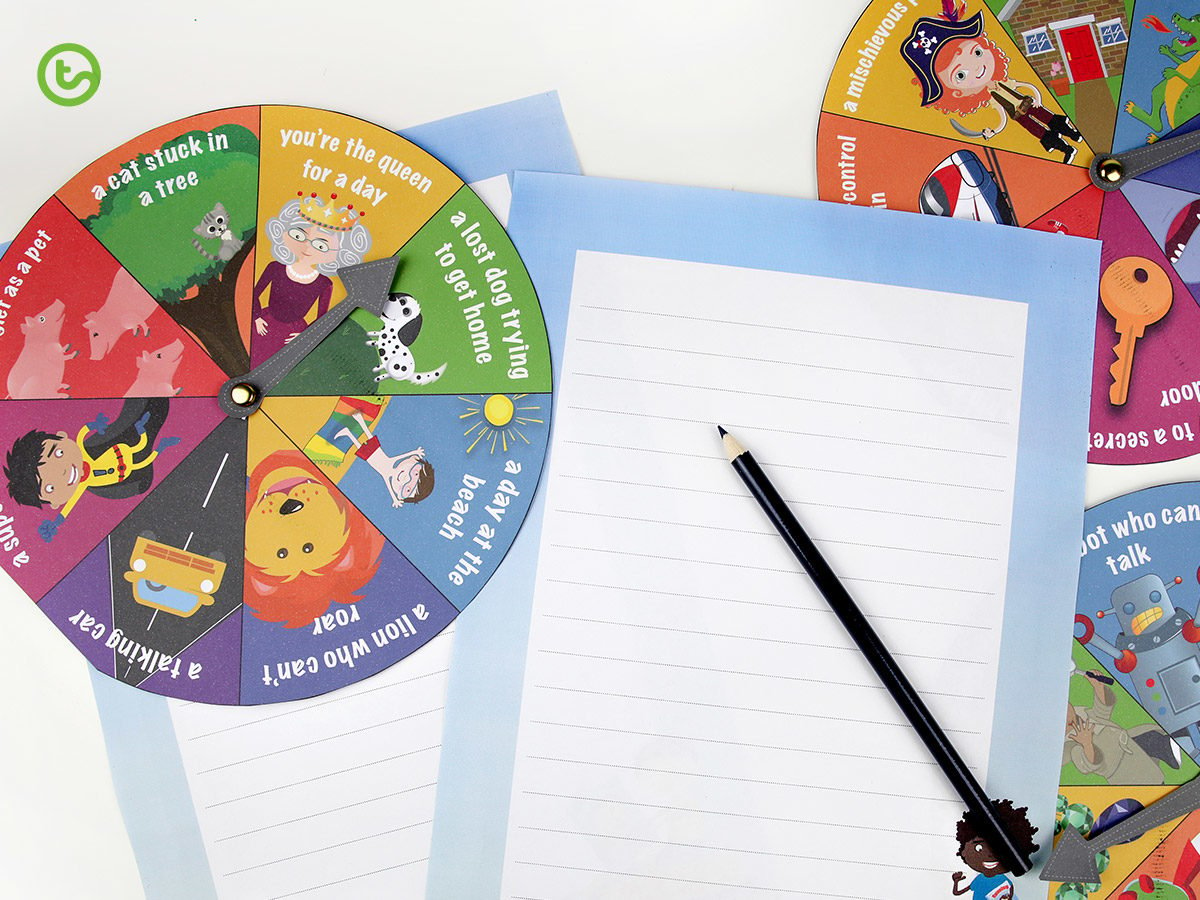
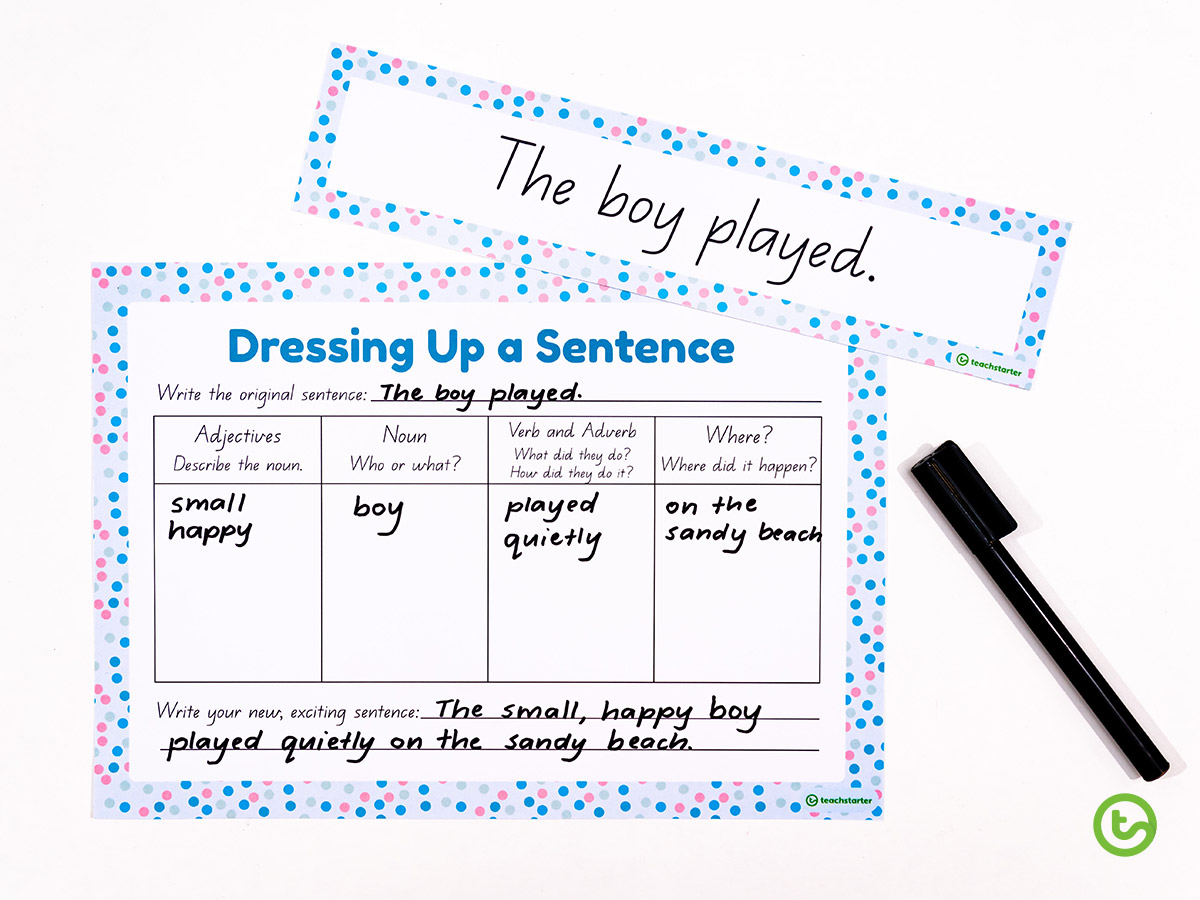
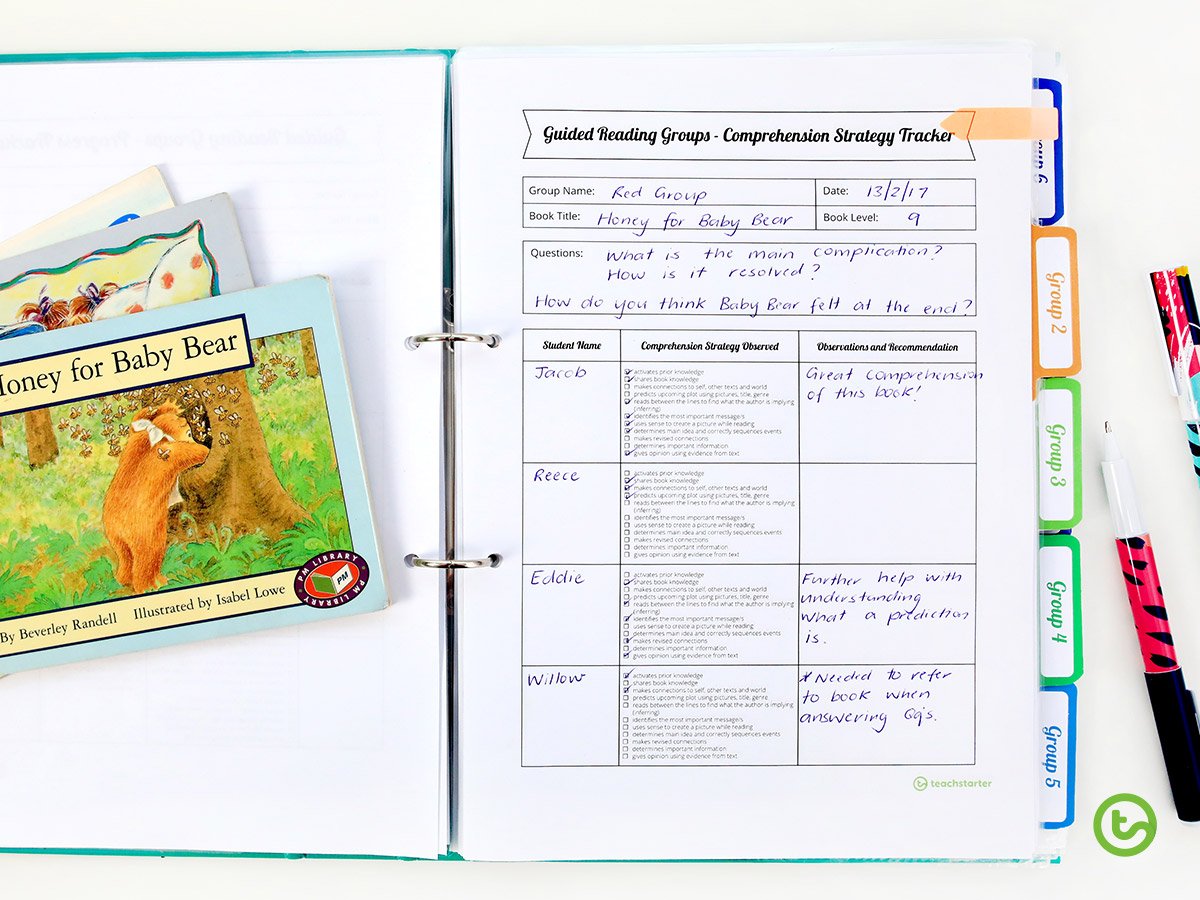
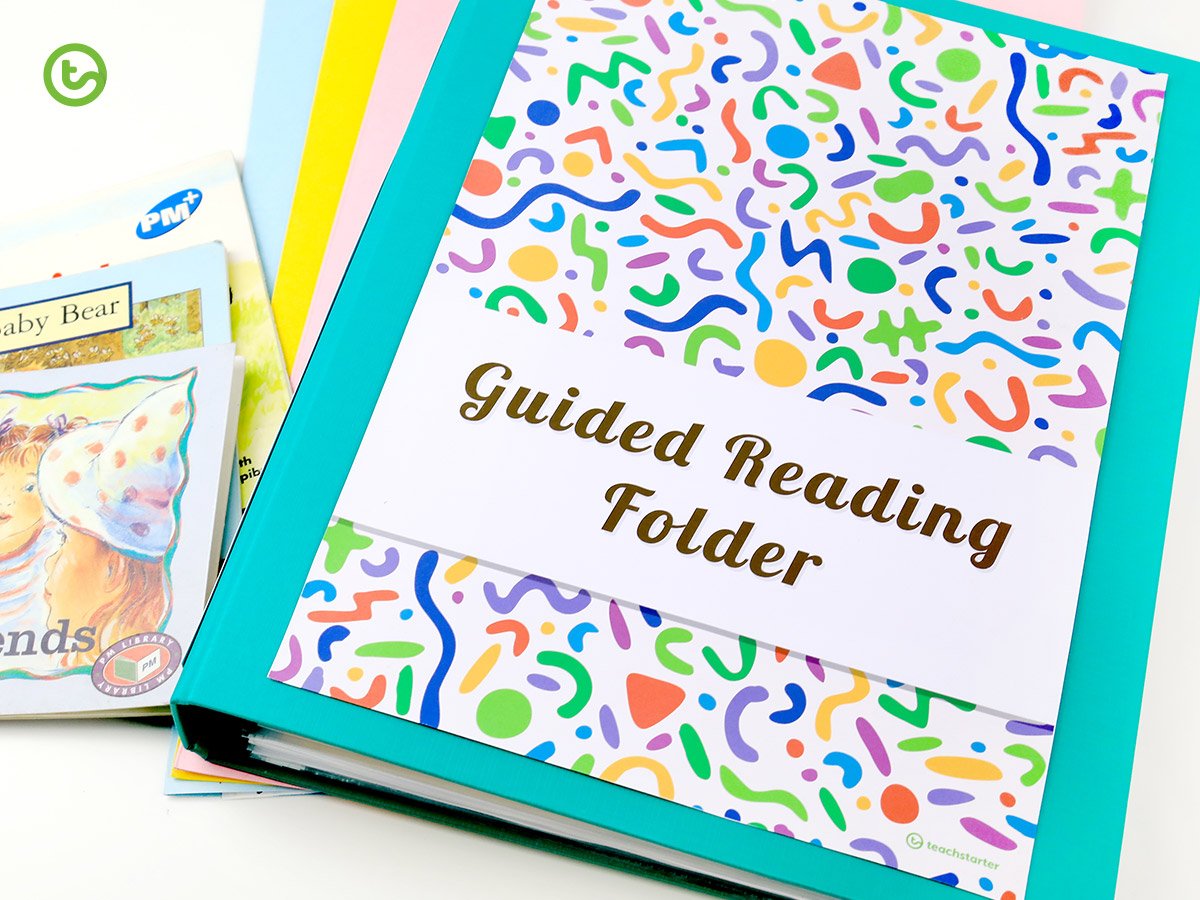
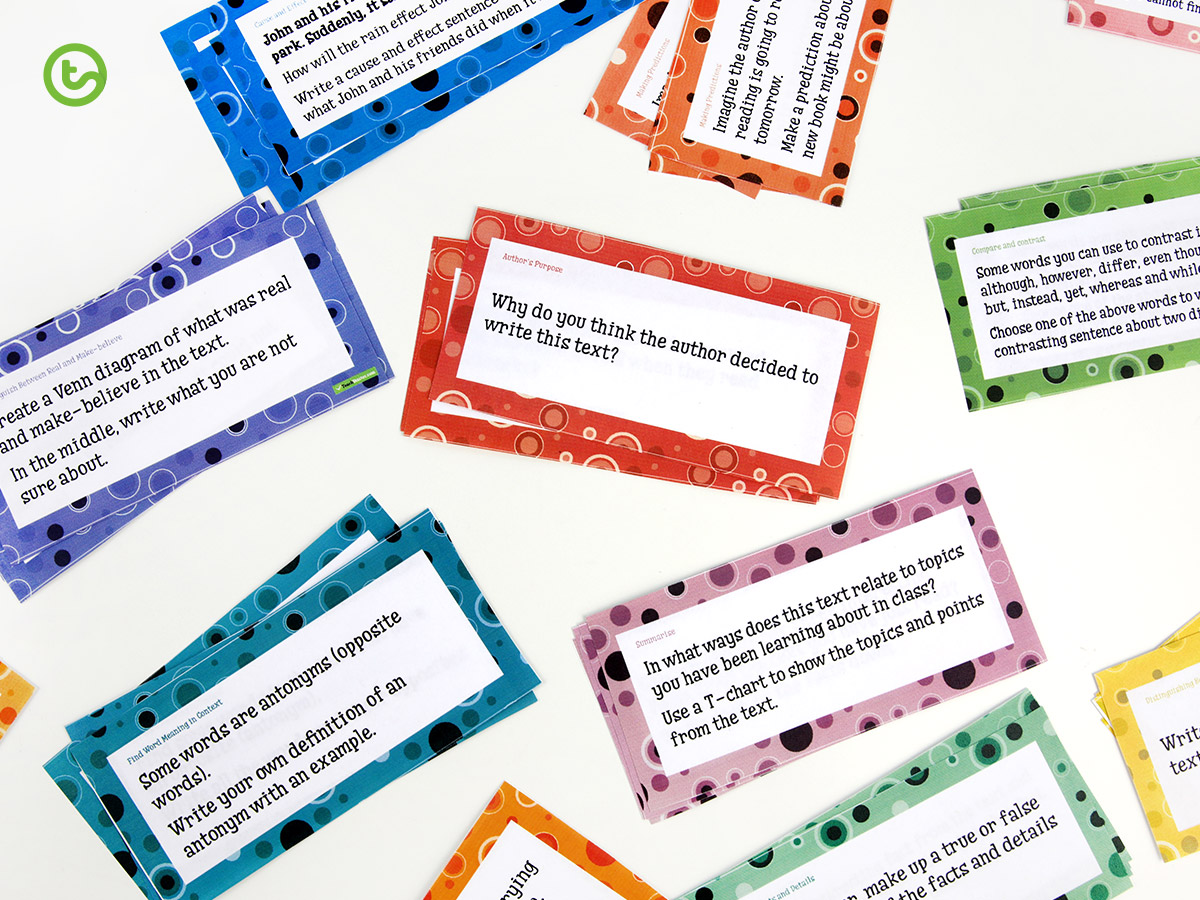
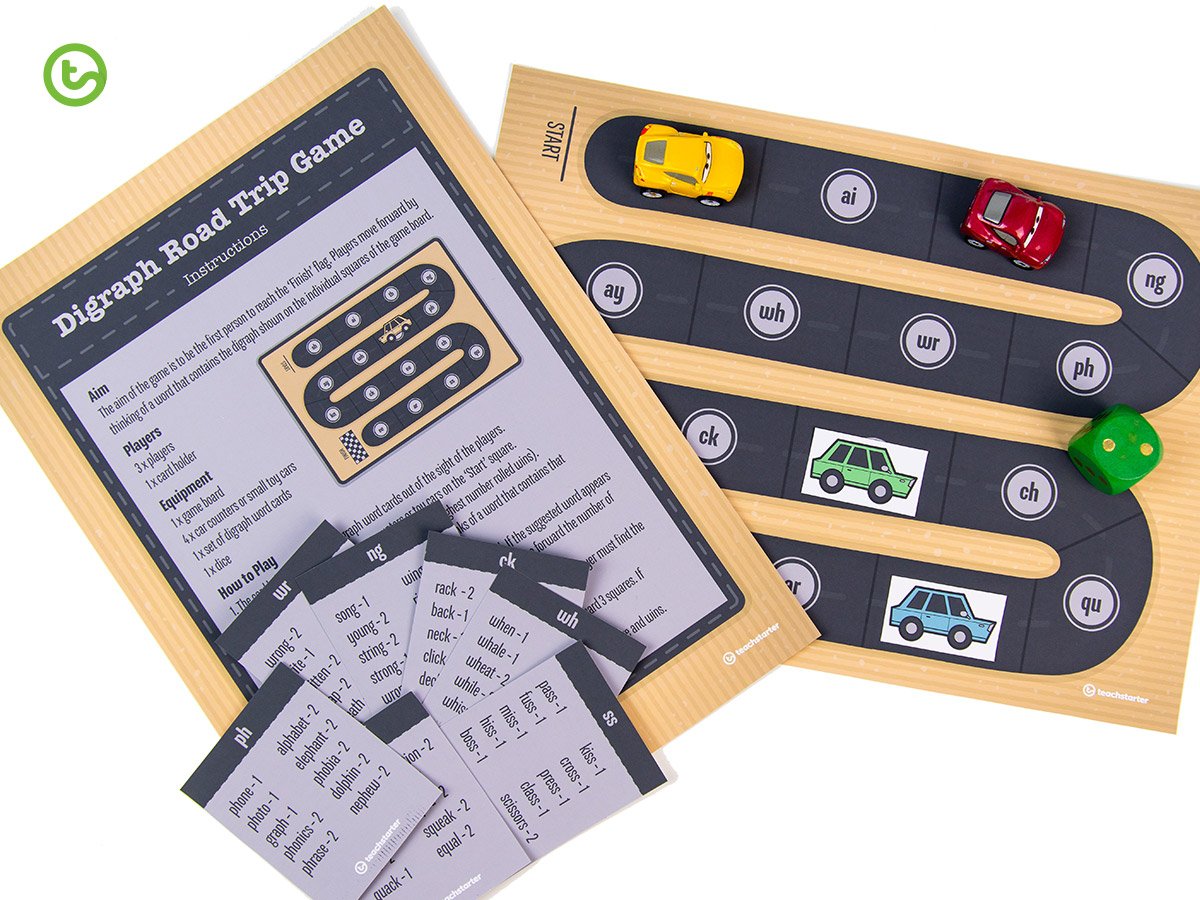






Comments